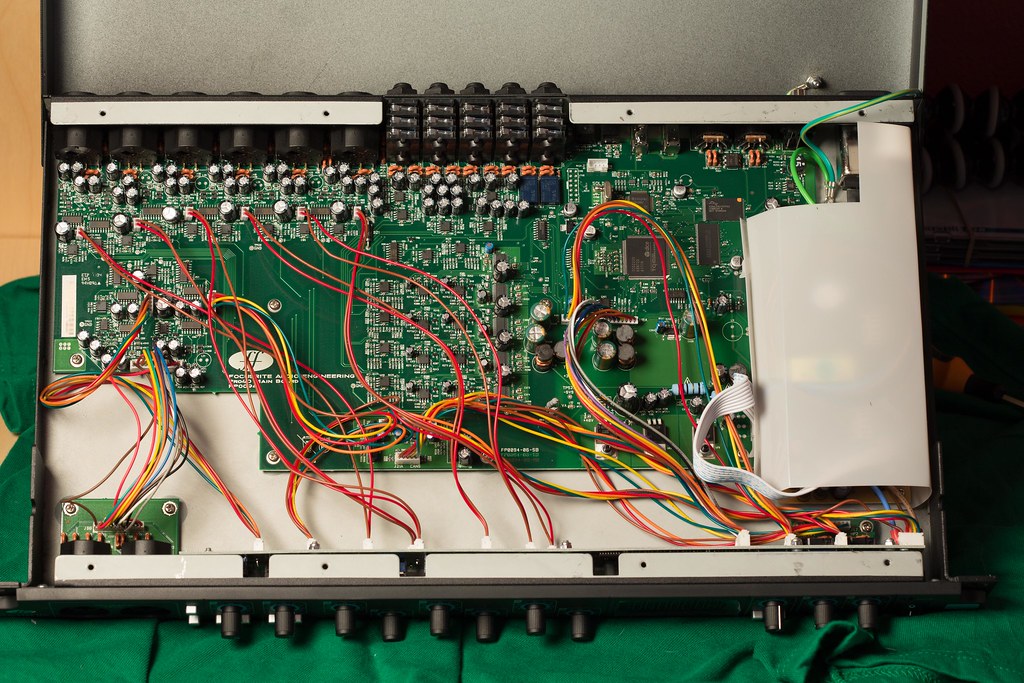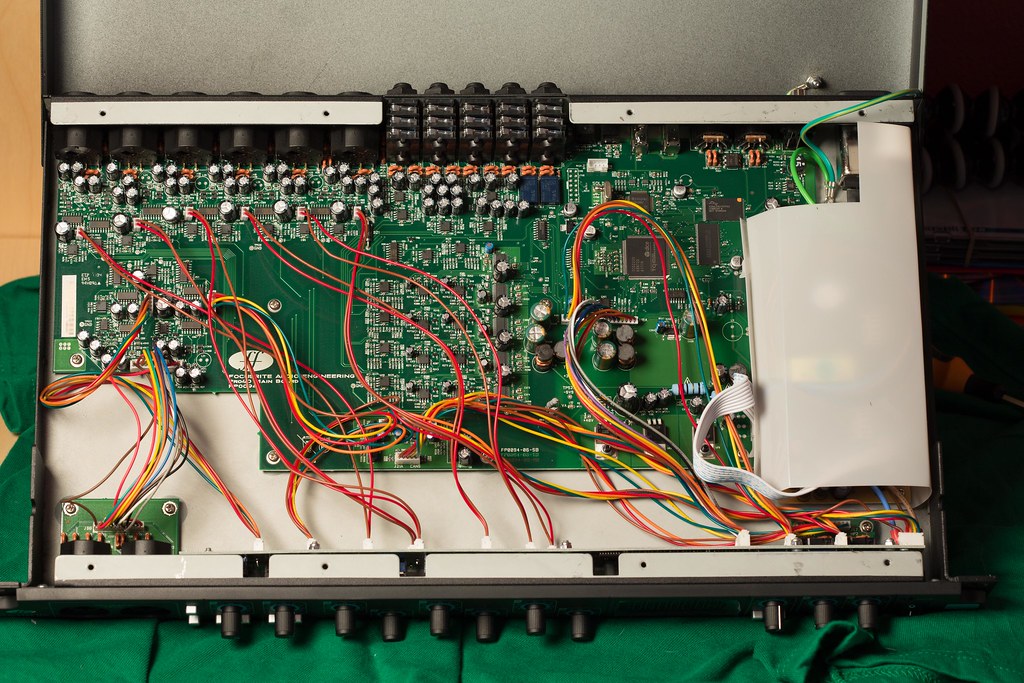Flexible Electronics Are Changing Everything

The electronics industry has witnessed a remarkable transformation in 2024, with flexible displays growing by 34% according to Display Supply Chain Consultants. Samsung’s latest Galaxy Z Fold series sold over 12 million units globally, proving that consumers are ready for bendable technology. Companies like LG Display and BOE Technology have invested billions in flexible OLED production lines, making these materials more accessible than ever. The medical device sector has particularly embraced this trend, with soft electronic patches for continuous health monitoring becoming standard practice. These materials can stretch up to 300% while maintaining electrical functionality, opening doors to applications we couldn’t imagine just five years ago.
Biodegradable Packaging Revolution
Major corporations have dramatically shifted toward soft biodegradable materials in 2024, with Unilever reporting a 78% increase in flexible bio-packaging adoption across their product lines. Research from the Ellen MacArthur Foundation shows that seaweed-based packaging can decompose within 6 weeks compared to traditional plastics taking 400+ years. Startups like Notpla and Sway have secured over $50 million in funding combined, creating edible packaging films from natural materials. McDonald’s announced in early 2025 that they’ll replace all rigid plastic containers with soft, compostable alternatives by year-end. The global biodegradable packaging market reached $8.9 billion in 2024, with soft materials representing 65% of this growth.
Soft Robotics Enter Mainstream Manufacturing
Boston Dynamics’ latest soft robotic grippers have been deployed in over 2,000 manufacturing facilities worldwide as of March 2025. These silicone-based actuators can handle delicate items like eggs or electronics without damage, something rigid robots struggle with. Toyota reported a 45% reduction in product damage after implementing soft robotic arms in their assembly lines last year. The agricultural sector has particularly benefited, with companies like Abundant Robotics using soft materials for fruit picking that doesn’t bruise produce. Research published in Nature Robotics in January 2025 demonstrated soft robots capable of lifting 50 times their own weight while remaining completely flexible.
Wearable Technology Gets Softer
Apple’s announcement of their fabric-based Apple Watch Series 10 in late 2024 marked a significant shift toward soft wearable materials. The device uses a revolutionary textile-embedded circuit design that’s 70% lighter than traditional smartwatches while offering the same functionality. Google’s Project Jacquard has expanded to over 15 clothing brands, embedding touch-sensitive fibers directly into everyday garments. Market research from IDC shows soft wearables grew 89% in 2024, outpacing traditional rigid devices by a massive margin. Athletes have particularly embraced these technologies, with Nike’s smart fabric jerseys providing real-time biometric data during professional sports events.
Architectural Innovation Through Soft Materials

The construction industry has embraced inflatable and flexible building materials, with architect firms like Foster + Partners completing three major projects using pneumatic structures in 2024. These buildings can expand or contract based on occupancy needs, reducing energy consumption by up to 40% according to the International Energy Agency. Dubai’s Museum of the Future showcases revolutionary soft concrete that can bend without breaking, surviving earthquake simulations that would destroy traditional buildings. Construction costs have dropped 25% for projects incorporating soft materials, making sustainable architecture more economically viable. The European Space Agency is even testing these materials for potential Mars habitats, where flexibility could be crucial for survival.
Medical Breakthroughs with Soft Implants
The medical field has experienced a paradigm shift with soft implants that mimic natural tissue properties, reducing rejection rates by 60% compared to rigid alternatives. Harvard Medical School published research in early 2025 showing soft neural implants that can interface with the brain for up to 10 years without causing inflammation. Soft contact lenses embedded with glucose sensors for diabetic monitoring received FDA approval in December 2024, offering patients continuous health tracking. These materials have transformed cardiac surgery, with soft pacemaker leads showing 90% fewer complications than traditional metal versions. The global soft implant market reached $4.2 billion in 2024, with growth projections exceeding 15% annually through 2030.
Automotive Industry’s Soft Material Adoption
Tesla’s 2025 Model Y features an entirely soft dashboard made from recycled ocean plastic, setting new industry standards for sustainability and safety. Crash test data shows soft automotive interiors reduce injury severity by 35% in collisions, prompting Mercedes-Benz and BMW to follow suit. Michelin’s airless tires, made from soft recyclable materials, eliminate punctures while providing better fuel efficiency than traditional rubber tires. Ford’s latest F-150 Lightning uses soft composite body panels that are 40% lighter than steel while maintaining the same strength. The automotive soft materials market grew to $18.7 billion in 2024, driven by consumer demand for safer, more sustainable vehicles.
Energy Storage Gets Flexible
Researchers at MIT announced in February 2025 that their soft battery technology can power devices for 30% longer than rigid lithium-ion alternatives. Samsung’s flexible battery prototype can be folded over 100,000 times without losing capacity, revolutionizing portable electronics design. Solar panel manufacturers like First Solar have developed soft photovoltaic cells that can be integrated into clothing, backpacks, and even tents. The soft energy storage market reached $2.8 billion globally in 2024, with applications expanding from wearables to electric vehicle integration. These materials are particularly valuable in space applications, where weight and flexibility are critical factors for mission success.
Fashion Industry Embraces Smart Soft Materials
Luxury fashion brands have incorporated color-changing fabrics that respond to temperature and touch, with Hermès launching their first smart silk collection in late 2024. Adidas reported that their new soft running shoes, made from algae-based foam, provide 20% better energy return than traditional EVA materials. The global smart textiles market exceeded $5.4 billion in 2024, with soft materials accounting for 80% of new product launches. Fashion tech startups have developed fabrics that can charge phones through body heat, with companies like Wearable X securing major retail partnerships. These innovations are making clothing more functional while maintaining the comfort and aesthetics consumers expect.

A master of contemporary design, Bobby Burke brings a fresh perspective to home styling. His book Effortless Interiors offers readers a roadmap to achieving sleek, functional, and beautiful spaces with ease.

